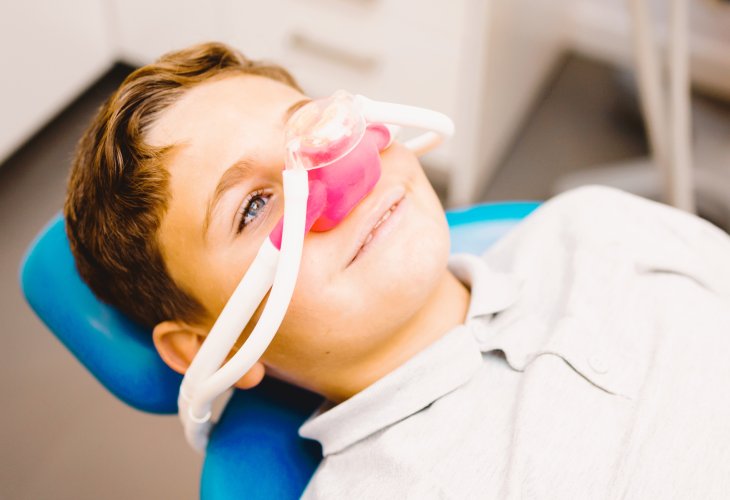Health and Nutrition
What Is Laughing Gas and How Does It Work? The Surprising History and Medical Benefits
How nitrous oxide earned its nickname, how it eases anxiety during dental procedures, and why proper use is key to safety and effectiveness
 Credit: shutterstock
Credit: shutterstockIf you’ve had dental treatments done with the the assistance of laughing gas, you likely noticed that it didn’t actually make you laugh
What is Laughing Gas?
Laughing gas is a blend of nitrous oxide (a non-flammable gas) and pure oxygen. It is administered to patients through a small mask placed over the nose, allowing them to inhale the gas. Once inhaled, it enters the bloodstream and quickly begins to take effect. In a medical setting, the gas is given in low, controlled doses, making it safe for use. It provides immediate pain relief and quickly leaves the body and bloodstream without causing harm. However, in high doses, laughing gas can be extremely dangerous, potentially leading to brain damage or even death.
The Surprising Origins
Laughing gas was first discovered over 200 years ago by English chemist Joseph Priestley. He produced it by heating ammonium nitrate with iron, creating nitrous oxide. However, it wasn’t until years later that chemist Humphry Davy conducted in-depth research on the gas, and gave it its famous name, “laughing gas”.
Davy’s interest began after he deeply inhaled the gas in his lab one day and immediately felt heightened senses: sharper hearing, a lighter body sensation, clearer surroundings, and an overwhelming sense of amusement.
When asked how he felt, he responded: “Nothing exists but thoughts! The universe is made up of opinions, ideas, pleasures, and pains.”
After a year of research, he published a thick volume detailing his findings on this unique gas.
From Amusement to Medicine
Initially, many people used laughing gas recreationally and without supervision. Over time however, the risks became clear. Today, laughing gas is tightly regulated and used primarily in medical settings — especially to calm patients before procedures.
When administered properly, it reduces anxiety, often making patients feel relaxed and even giggly, which is how it earned its name.

